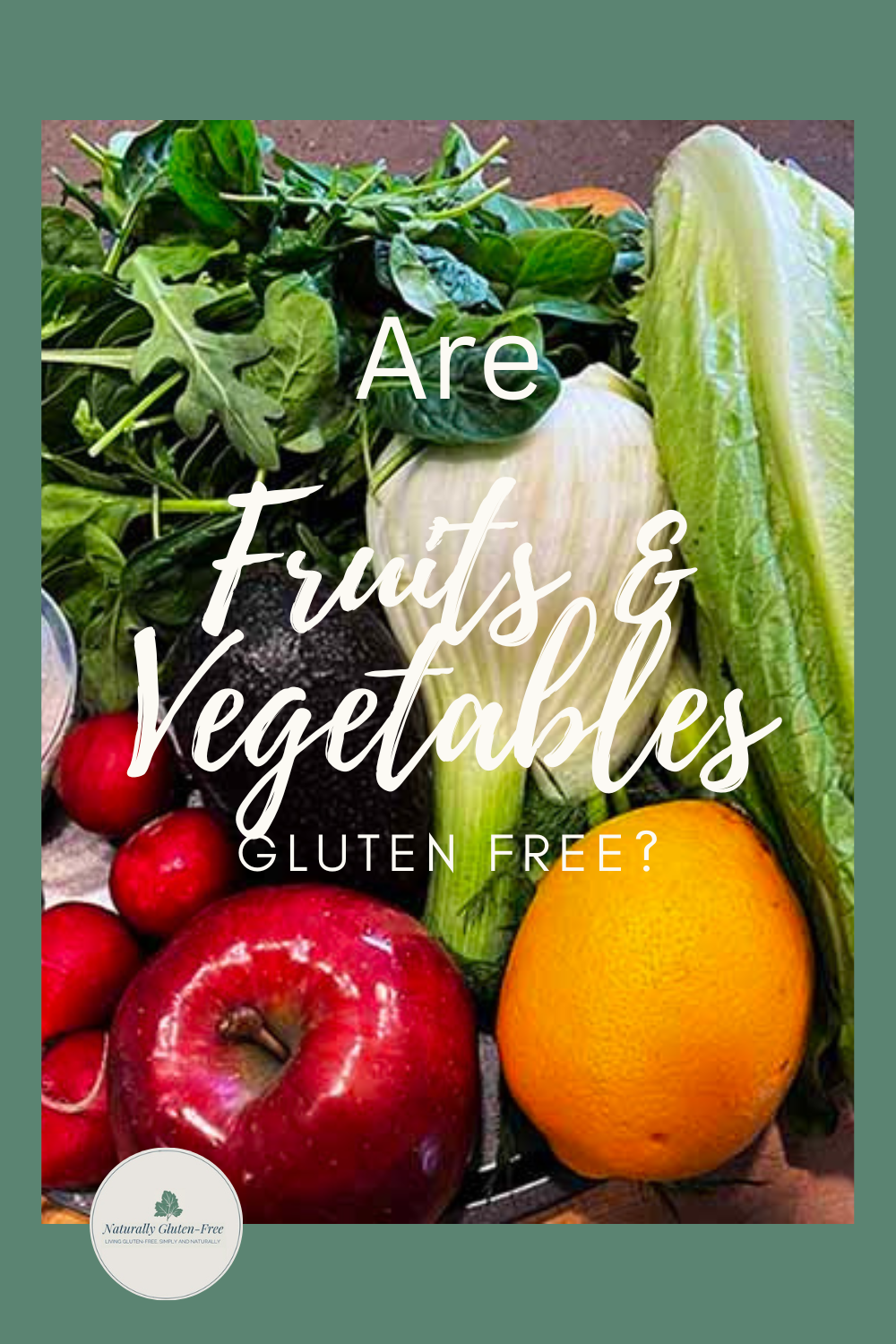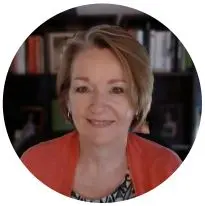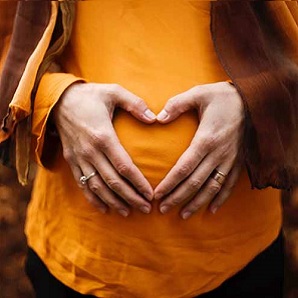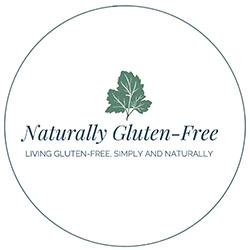- Home
- Gluten Free Food
- Gluten-Free Pasta
- Gluten-Free Fruits and Vegetables
Everything You Need to Know About Gluten Free Fruits and Vegetables
Are you looking for the best naturally gluten-free food that you can have as much of as you want with no worries and no guilt?
Great news! All fresh fruits and vegetables in their original form, how they came from the garden are naturally gluten-free.
Pin For Later
But...there are a few important things to watch for.
The best advice I got when I was first diagnosed with celiac disease was to focus on naturally gluten-free whole foods.
The produce department of the supermarket or your local farmers market are great places to start. They all carry naturally gluten free fruits and vegetables.
Quick Links: Read through or use the links below to jump to the sections that interest you.
The 3 Most Important Things About Gluten-Free Fruits and Vegetables
Why Naturally Gluten Free Fruits and Vegetables are the Best Choice for Your Gluten Free Diet.
How Many Serving of Naturally Gluten Free Fruits and Vegetables Do You Need?
Where to Buy Your Naturally Gluten Free Fruits and Vegetables
The 3 Most Important Things About Gluten-Free Fruits and Vegetables
1. Natural, Fresh, Whole Foods are Always Best
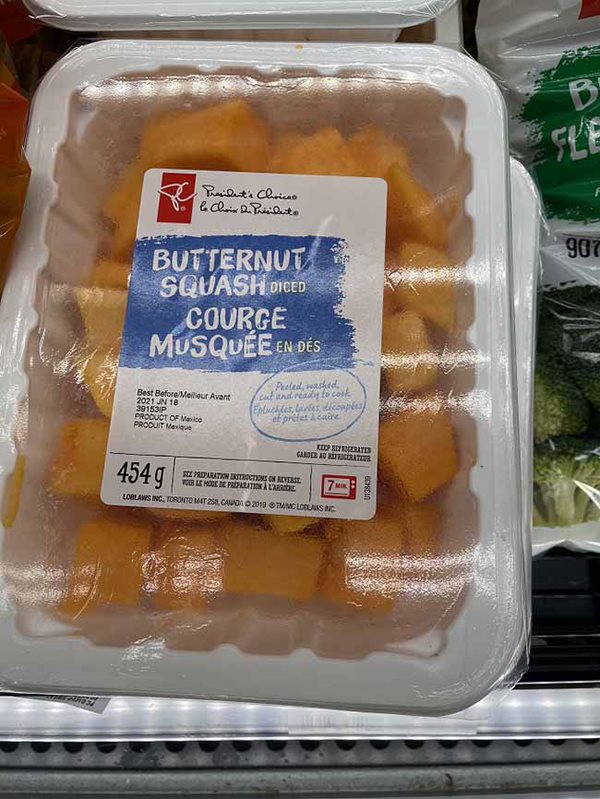
- If it looks like it did when it came out of the garden, you’re good to go.
- Pre-chopped and fruits and vegetables are great time savers so take advantage of these to make nutritious gluten-free meals easy
- If it’s in a package and has a label, you should read it.
- Be aware of any opportunities for cross contamination. Most places that prepare fruits and vegetables are away from gluten sources. Just keep your eye out for anything concerning.
2. Frozen Fruits and Vegetables are an Excellent and Convenient Second Choice
 Photo: Green Pea Soup from frozen peas. Can be served hot or cold. So delicious!
Photo: Green Pea Soup from frozen peas. Can be served hot or cold. So delicious!- Keeping single ingredient bags of fruit or veggies in your freezer is a great way to have naturally gluten-free choices on hand
- Frozen mixed fruits and mixed vegetables are good choices too.
- Freezing maintains nutrients better than canning
- Watch for anything that has pasta or grains mixed with veggies. My hubby accidently picked up the Green Giant Asian blend below, not realizing it had barley.
 |
 |
3. Canned is an Option Too, But Use Caution
· Canned fruits and vegetables tend to have more additives so always read the label.
· Canned and jarred fruits often have added sugar but not always. I like to keep a jar of unsweetened applesauce in my fridge.
· Canning does reduce the nutrition content
·
Single ingredient canned fruits and vegetables
are usually naturally gluten-free. Examples are canned peas, diced tomatoes, kernel corn or canned pineapple. Check labels to be sure.
· Prepared sauces, soups, stocks etc. are made with multiple ingredients so there is more opportunity for gluten to sneak in. Always check labels.

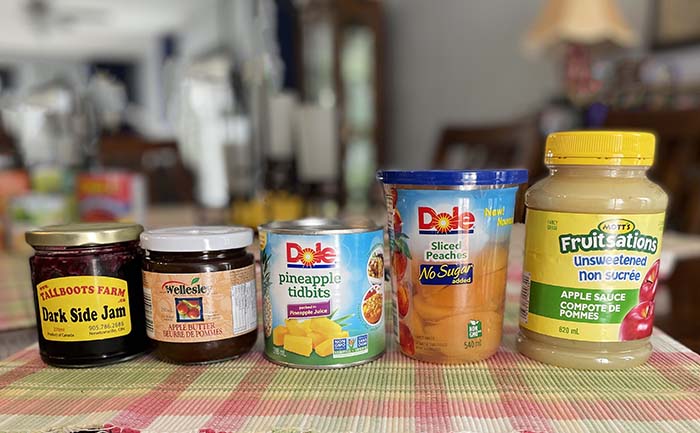
Why Naturally Gluten Free Fruits and Vegetables are the Best Choice for Your Gluten Free Diet
Eat food, not too much, mostly plants - Michael Pollan
If you’ve checked out my reading list you know that I’m a big fan of the food journalist and author Michael Pollan, and I think he said it best. “Eat food, not too much, mostly plants”.1
“Eat food” really means eat real food or whole food, or as he puts it, "don’t eat anything your great-grandmother wouldn’t recognize as food." Although he’s not writing about gluten-free food specifically, this is good advice for those of us trying to follow a healthy gluten-free diet.
Looking for inspiration tailored to little ones? Check out these gluten-free toddler meal ideas featuring healthy grains that even picky eaters will enjoy.

Cross Contamination: Plant Foods to Watch Out for
In his later publication “Food Rules”2 Pollan says “If it’s a plant eat it, if it was made in a plant don’t”. That’s also good advice but with a caveat for those of us with celiac disease.
The BROW grains (barley, rye, oats, wheat) are plants, but they are not for us. We also need to be aware of high risk items that aren’t really fruits and vegetables but are plant foods.
Things like nuts, seeds, pulses and other grains may be grown on land that where wheat is also grown or processed along side wheat products. Learn about labelling guidelines in your country or state and watch for “may contain” statements on labels.
Organic vs. Conventionally Grown
The jury is still out on whether organic food provides any health or environmental advantages. According to Harvard Health3, there is no evidence that organically grown produce has better nutritional value than conventionally grown produce, and it’s impossible to prove one way or the other if chemical fertilizers or pesticides are causing health issues.
As for environmental impacts, the story is similar. On one hand we hear about these chemicals ending up in our water and conventional farming having an impact on greenhouse gas emissions. An article published on ourworlddata.org4 suggests that organic farming may not be solving the problems we think it is and may in fact be causing more issues.

With no reliable data we can only do what feels right to us. I can share my approach but you’ll have to decide what works for you.
For me, when it comes to gluten-free fruits and vegetables, I look at it this way:
I already have digestive issues, so is adding chemical fertilizers and pesticides going to help? Likely not. So this makes me want to lean more toward organic.
The problem is, organic produce and products are more expensive, so it may not always be practical. I’m a believer in spending money on quality food and cutting corners in other places, but at the end of the day, most of us are on some type of budget. So for me, I try to choose organic for items that it might matter most.
Every year the USDA puts out a “Dirty Dozen” and “Clean 15” list. This is a good resource if you want to spend your money on the organic choices that may make the most difference. For items that are conventionally grown, make sure to wash them thoroughly or remove the peel.
How Many Serving of Naturally Gluten Free Fruits and Vegetables Do You Need?
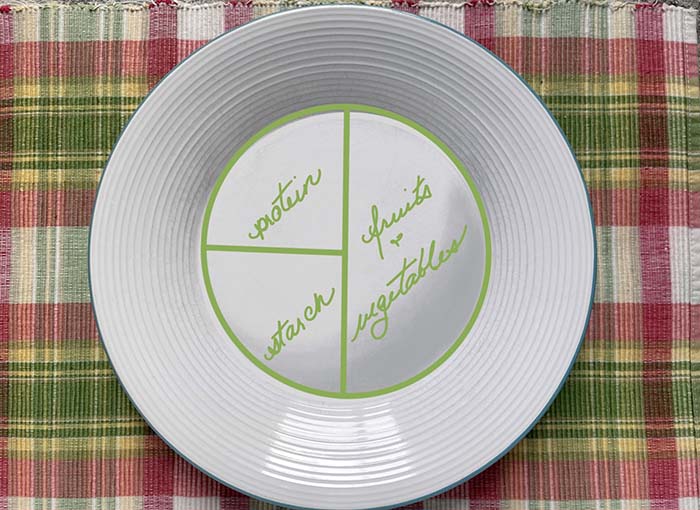
The USDA7 says make half your plate veggies and fruit. Canada’s Food Guide8 say’s 7-8 servings per day for women, 8-10 for men.
This is good advice. Whole, fresh produce, the way it came from the garden is “live” food. This means it contains enzymes that our bodies need to function and most importantly, to digest our food.
For those of us with digestive issues this is especially important. And with fresh fruits and vegetables you’ll never have to worry about gluten.
Where to Buy Your Naturally Gluten Free Fruits and Vegetables
Your supermarket may be the most convenient place to shop for produce. But there are alternatives that may give you fresher more local choices.
Farmers Markets
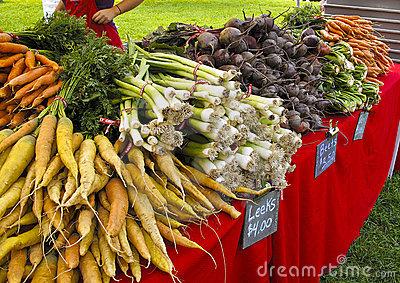
I love farmers markets for so many reasons. They are an excellent place to find the best that your region has to offer and The produce sold there is usually both organic a local.
I love browsing the market and talking to the farmers. There’s something very heartening about connecting directly with the people who produce your food. And once you bring that beautiful produce home, having the right kitchen knife skills makes it easier and more enjoyable to prepare healthy, gluten-free meals
It may not be clear as to whether organic farming is better for the environment, but I’m pretty certain we can all agree that trucking produce thousands of miles across the continent isn’t great.
Of course for those of us who live in a climate that is frozen for half the year we don’t have much choice, but when fresh and always naturally gluten-free fruits and vegetables are in season, why not support your local farmers?
Community Supported Agriculture (CSA)
How does having fresh organic produce delivered right to your door or a convenient drop off point sound?
A Community Supported Agriculture service is something that’s just become popular in that past decade.
They take on different forms depending on your community, but basically it’s a service that puts together a basket or a bin of fresh organic produce and delivers it weekly, either to your door or to a specific drop of point.
You can usually make some choices about things you like and don’t like when you sign up, but week by week you more or less get what’s packed in your bin. I actually love this. It’s, convenient, supports local farmers, and encourages me to try new things.
I was never much into greens like kale or chard for example until they started showing up in my CSA bin and I went looking for recipes. What a great way to start a healthy new habit.
If this interests you just google “CSA” or “Community Supported Agriculture” and see what’s available near you.
 Rainbow Salad with Avocado.
Rainbow Salad with Avocado.So what do you think? Are you as convinced as I am that gluten-free fruits and vegetable are the absolute best way to health, especially for those of us with digestive issues?
Is it worthwhile to try to support local farming as much as we can and to maybe even reduce the amount of meat that we eat?
I’d love to hear from you. You can connect with me on Facebook, Instagram, or shoot me an email.
Sources
1.Pollan, M. (2009). In defense of food: an eater's manifesto. Penguin Press.
2. POLLAN, M. (2021). Food Rules. PENGUIN BOOKS.
3. Should you go organic? Harvard Health. (2015, September 9). https://www.health.harvard.edu/staying-healthy/should-you-go-organic
4. Ritchie, H., Mü, & Hörren. (n.d.). Is organic really better for the environment than conventional agriculture? Our World in Data. https://ourworldindata.org/is-organic-agriculture-better-for-the-environment
5. Meat consumption. Department of Agriculture. (n.d.). https://www.agriculture.gov.au/abares/research-topics/agricultural-outlook/meat-consumption#:~:text=Global%20meat%20consumption%20increased%20by,consumer%20preferences%20and%20income%20growth
6. Ritchie, H., & Roser, M. (2020, January 15). Environmental impacts of food production. Our World in Data. https://ourworldindata.org/environmental-impacts-of-food
7. What's on your plate? MyPlate. (n.d.). https://www.myplate.gov/
8. Canada, H. (2021, June 21). Government of Canada. Canada's Food Guide. https://food-guide.canada.ca/en/
Home>Gluten Free Food>Gluten-Free Fruits and Vegetables
